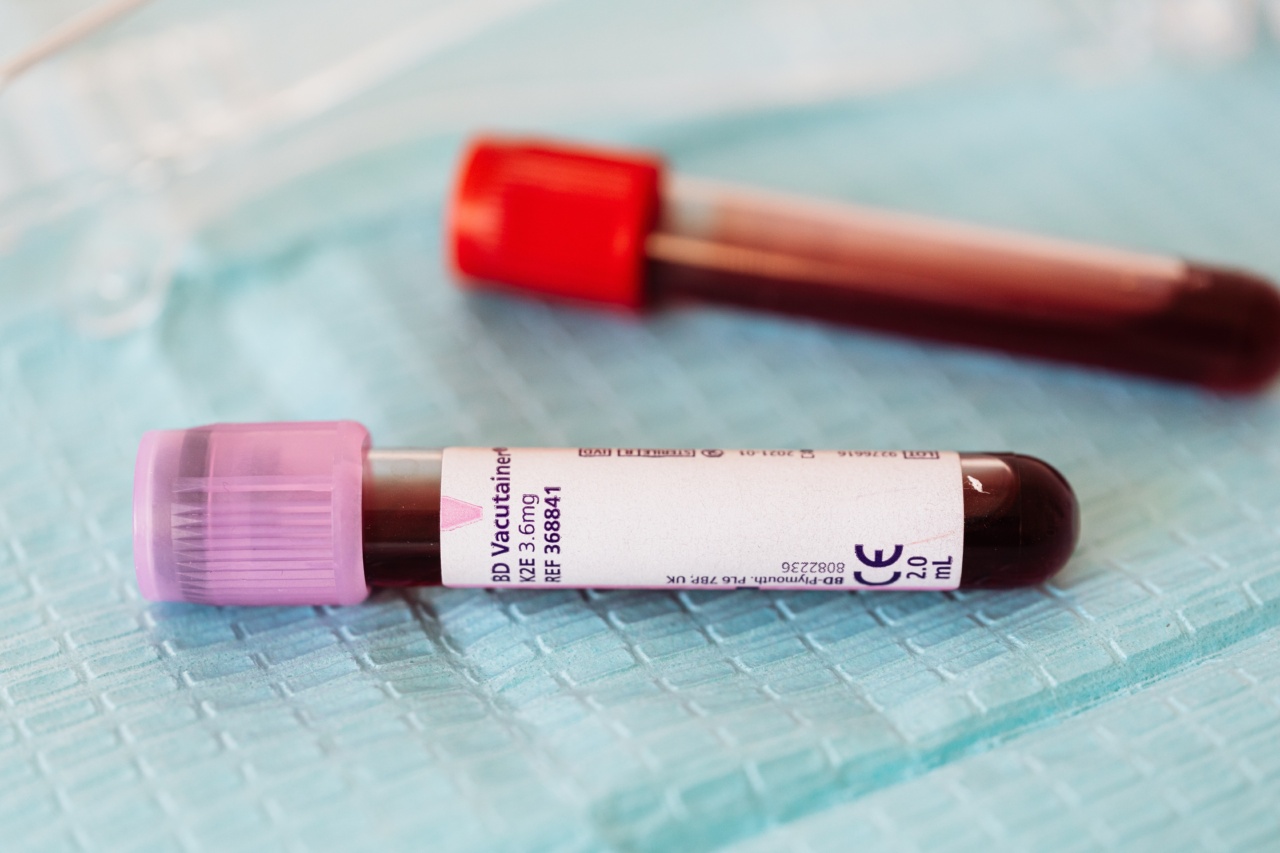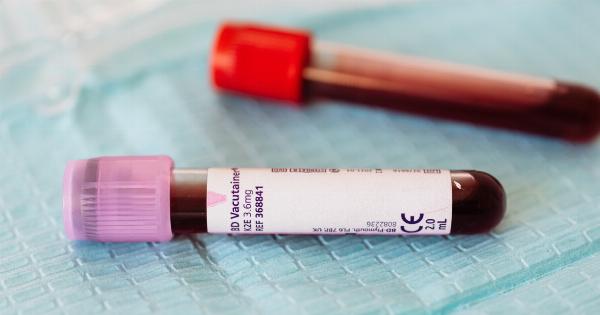Ovarian cancer is known for its silent and deadly nature, often going undetected until it reaches advanced stages. However, a promising new breakthrough in medical research may change the landscape for early detection.
Scientists have developed a blood test that can detect ovarian cancer years in advance, providing a crucial window of opportunity for successful treatment and increasing the chances of survival.
The Current Challenge: Late Detection of Ovarian Cancer
Ovarian cancer is the fifth leading cause of cancer-related deaths among women, with approximately 300,000 new cases diagnosed worldwide each year.
The lack of effective screening tests has been a major hurdle in detecting the disease at an early stage when it is most treatable. Symptoms are often vague and can be easily mistaken for other less serious conditions, leading to delayed diagnosis.
By the time ovarian cancer is typically diagnosed, it has often spread to other parts of the body, making it much more difficult to treat successfully.
The Promising Blood Test
Researchers have been working tirelessly to develop a reliable screening method for ovarian cancer that can be easily incorporated into routine healthcare.
The recent breakthrough has come in the form of a blood test that analyzes specific biomarkers associated with the early development of ovarian cancer. By detecting these biomarkers, the test can identify individuals who have a higher risk of developing the disease and may benefit from further diagnostic tests.
One of the major advantages of this blood test is its ability to detect ovarian cancer years before it becomes symptomatic or visible on imaging scans.
This early detection not only increases the chances of successful treatment but also allows for a more targeted and personalized approach to therapy.
How Does the Blood Test Work?
The blood test works by analyzing specific biomarkers in the bloodstream, substances that are present in abnormal levels in individuals with ovarian cancer.
These biomarkers can include proteins, enzymes, or other molecular compounds that are directly or indirectly associated with the early development of cancer cells.
When the blood sample is collected, it is sent to the laboratory where the levels of specific biomarkers are measured. The obtained data is then compared to established thresholds to determine the risk of developing ovarian cancer.
If the levels of the biomarkers surpass these thresholds, further investigations are warranted to confirm the presence of the disease.
Key Benefits and Implications
The development and implementation of a blood test capable of detecting ovarian cancer years before symptoms arise have tremendous benefits for both patients and healthcare providers.
Firstly, it allows for much earlier diagnosis, enabling patients to receive timely and appropriate treatment. This is particularly significant given the fact that ovarian cancer has the highest cure rate when detected at an early stage.
Secondly, the blood test can help identify individuals who are at higher risk of developing ovarian cancer due to genetic or familial factors.
By detecting the disease in these high-risk individuals, preventive measures such as prophylactic surgery or close surveillance can be implemented, further reducing the incidence and mortality rates associated with ovarian cancer.
Additionally, this breakthrough has implications for the development of new therapies and treatment strategies.
With a more accurate and objective method for early detection, researchers can study the progress of the disease over time, analyze response rates to different treatments, and refine personalized approaches to therapy.
Challenges and Future Directions
While the blood test holds immense promise, there are still challenges that need to be overcome before it becomes a standard screening tool.
One major challenge is the need to establish the accuracy and reliability of the test in large-scale clinical trials. This will involve testing the blood test on a diverse range of individuals with different risk profiles to ensure its effectiveness across various populations.
Another challenge is the development of cost-effective and accessible testing methods. The blood test should be affordable and readily available to be widely implemented as part of routine healthcare and population-wide screening programs.
Further research is also needed to identify additional biomarkers or combinations of biomarkers that can enhance the sensitivity and specificity of the blood test.
By expanding the range of biomarkers analyzed, researchers can improve the accuracy of the test and reduce the likelihood of false positive or false negative results.
A Promising Future in Early Detection
The development of a blood test that can detect ovarian cancer years in advance has the potential to revolutionize ovarian cancer care.
By providing a valuable window of opportunity for early diagnosis and intervention, this breakthrough offers hope for improving survival rates and reducing the impact of this devastating disease on women’s lives.
As further research is conducted and the blood test is refined, it is crucial to ensure widespread accessibility and integration into healthcare systems.
With the collective efforts of researchers, healthcare professionals, and policymakers, this blood test has the potential to become a game-changer in the fight against ovarian cancer.




























